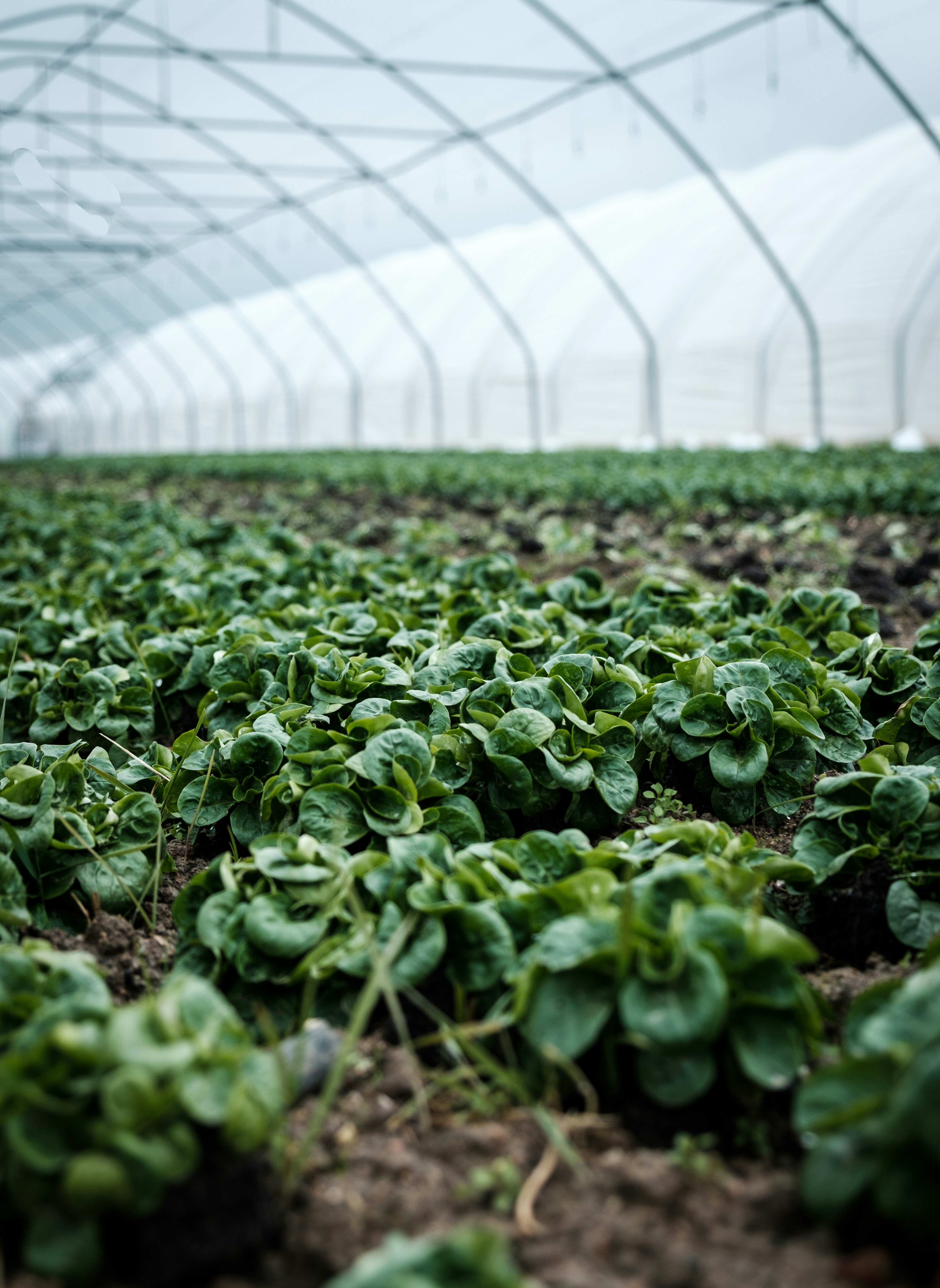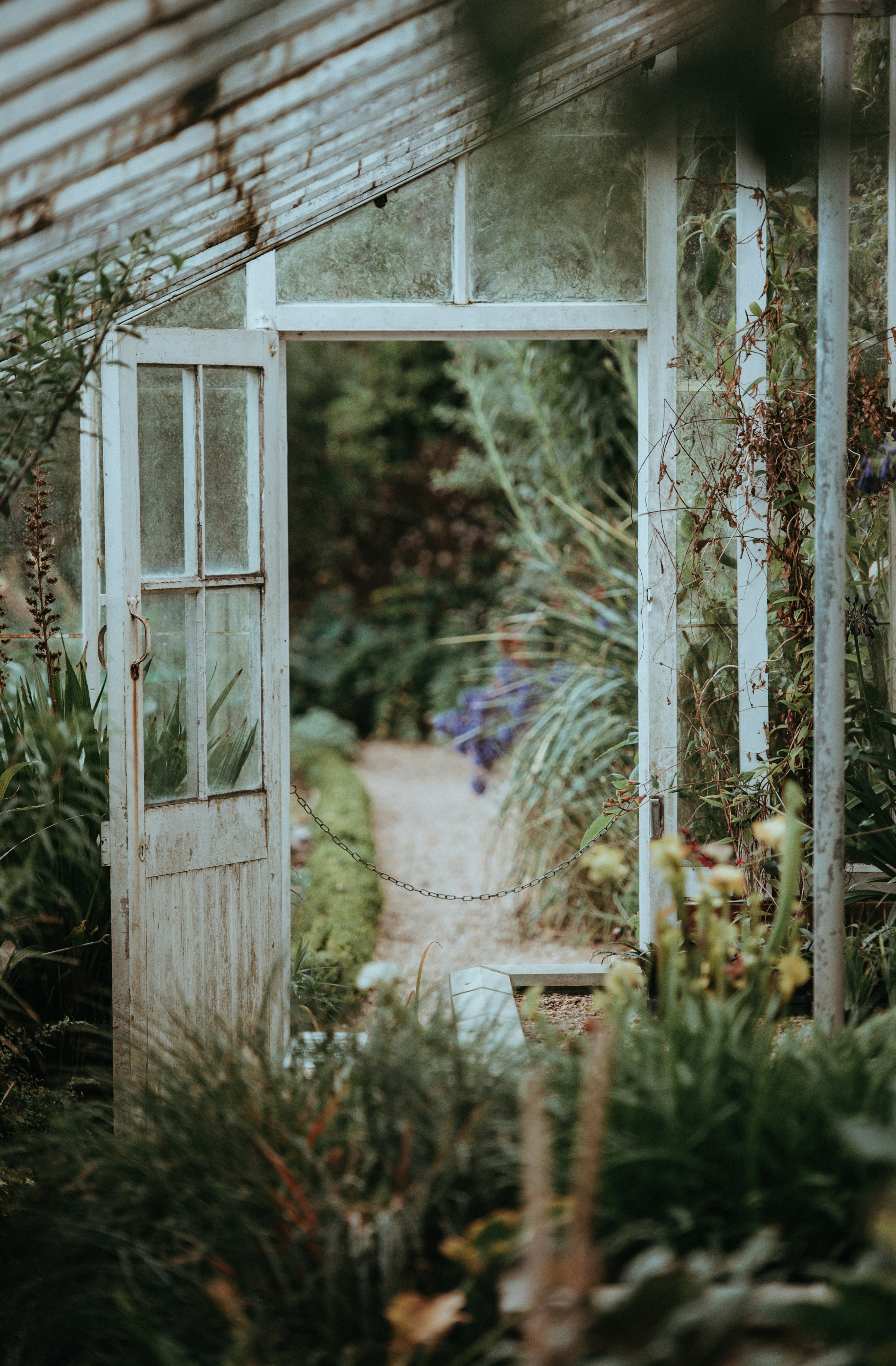
Glass greenhouses are a popular choice for avid gardeners and horticulture enthusiasts alike, but like any other option, they come with their fair share of advantages and disadvantages. On one hand, glass greenhouses offer excellent visibility, allowing you to admire your plants up close and personal while providing ample natural light for optimal growth. On the other hand, glass structures require regular cleaning to maintain their clarity and can be more susceptible to damage compared to other materials. In this article, we will explore the pros and cons of using a glass greenhouse, helping you make an informed decision for your gardening needs.
This image is property of images.unsplash.com.
Pros
1. Natural Light
One of the biggest advantages of a glass greenhouse is the abundance of natural light it allows. The transparent nature of glass panels allows sunlight to penetrate the structure, providing plants with the essential light they need for photosynthesis. This natural light is superior to artificial alternatives, as it contains a full spectrum of wavelengths that promote healthy plant growth. By harnessing the power of natural light, you can create a thriving greenhouse environment that fosters the growth of strong and vibrant plants.
2. Aesthetics
Glass greenhouses are undeniably visually appealing. The sleek and transparent design of the structure allows for unobstructed views of your lush greenery. This aesthetic beauty not only adds a touch of elegance to your surroundings but also creates a calming and serene environment. Whether you are a gardening enthusiast or simply enjoy spending time in nature, a glass greenhouse can provide a stunning backdrop that enhances your overall experience.
3. Improved Heat Retention
Glass greenhouses excel in retaining heat. The transparent panels allow sunlight to enter and warm the space, while the enclosed structure prevents the heat from escaping. The greenhouse acts as a natural heat trap, creating a controlled climate that protects plants from external temperature fluctuations. This improved heat retention is especially beneficial in colder climates or during the winter months, as it helps maintain optimal growing conditions for your plants.
4. More Efficient Plant Growth
The combination of natural light, proper insulation, and controlled climate within a glass greenhouse creates an ideal environment for plant growth. The abundant sunlight, in conjunction with the greenhouse structure, allows for consistent temperatures and protection from harsh weather conditions. This controlled environment promotes faster and healthier growth, resulting in higher yields and more robust plants. Whether you are growing vegetables, flowers, or exotic plants, a glass greenhouse can optimize their growth potential.
5. Versatility
Glass greenhouses offer unparalleled versatility in terms of the variety of plants you can cultivate. The controlled environment allows you to experiment with different species that may not thrive in your natural climate or local weather conditions. Furthermore, the transparency of the structure makes it easier to monitor and adjust the growing conditions as needed. From tropical plants to delicate flowers, a glass greenhouse provides you with the flexibility to cater to different plant requirements and expand your gardening horizons.
6. Greater Visibility and Accessibility
The transparent nature of glass panels in a greenhouse allows for excellent visibility of the plants from the outside. This visibility enables you to easily monitor the condition and progress of your plants without even stepping inside the greenhouse. Additionally, the visual accessibility provides a sense of pride and satisfaction, allowing you to showcase your gardening skills to others. Furthermore, the clear panels also make it more convenient to access and tend to the plants, enhancing the overall gardening experience.
7. Longevity
Glass is a durable material that can withstand the test of time. When properly installed and maintained, a glass greenhouse can last for many years, providing you with a stable and reliable structure for your gardening needs. Unlike other materials that may deteriorate over time, glass is resistant to rot, rust, and degradation. This durability ensures that your investment in a glass greenhouse will continue to pay off for years to come, making it a cost-effective choice in the long run.
8. Eco-Friendly
Glass greenhouses are environmentally friendly due to their ability to harness natural resources. By utilizing natural light and heat, you minimize the need for artificial lighting and heating systems, thus reducing energy consumption. Additionally, the transparency of the structure also allows for proper ventilation, reducing the reliance on mechanical systems for air circulation. This eco-friendly approach contributes to a greener and more sustainable gardening practice, allowing you to embrace the benefits of nature without causing harm to the environment.
9. Easy to Clean and Maintain
Glass greenhouses are relatively easy to clean and maintain. The smooth surface of the glass panels allows for effortless removal of dirt, dust, and debris. Regular cleaning helps maintain the transparency of the panels, maximizing the amount of light that enters the greenhouse. Furthermore, glass is resistant to pests and diseases, making it less likely to harbor harmful organisms that can damage your plants. With minimal effort, you can keep your glass greenhouse in top condition and ensure optimal growing conditions for your plants.
10. Higher Resale Value
Investing in a glass greenhouse not only benefits your gardening endeavors but also adds value to your property. The aesthetic appeal, functionality, and versatility of a glass greenhouse make it an attractive feature for potential buyers. If you ever decide to sell your property, a well-maintained glass greenhouse can significantly increase its resale value. Not only will you enjoy the benefits of a beautiful and productive greenhouse, but you will also make a wise investment that enhances the overall worth of your property.
Cons
1. High Initial Cost
One of the primary drawbacks of a glass greenhouse is the higher initial cost compared to other greenhouse materials. The use of quality glass panels and the need for a sturdy framework drives up the upfront expenses. However, it is essential to consider the long-term benefits and return on investment that a glass greenhouse offers. While the initial cost may be higher, the durability, improved plant growth, and increased property value could outweigh the upfront expenses in the long run.
2. Vulnerability to Extreme Weather
While glass greenhouses provide excellent insulation, they are more vulnerable to extreme weather conditions such as strong winds, hailstorms, or heavy snowfall. The transparent panels are susceptible to damage under severe weather events, potentially leading to breakage or cracks. This vulnerability could result in significant repair costs or even the need to replace the glass panels. To mitigate this risk, it is crucial to invest in high-quality glass and ensure proper installation that can withstand adverse weather conditions.
3. Limited Insulation
While glass greenhouses boast improved heat retention, they tend to have limited insulation properties compared to other materials. Glass has a higher thermal conductivity, meaning it may allow more heat to escape during colder periods. To counteract this, additional insulation measures such as double-glazing or using insulated shades may be necessary. It’s important to be mindful of the insulation needs of your specific climate to create an optimal growing environment and prevent energy loss.
4. Difficult Temperature Control
Maintaining the ideal temperature within a glass greenhouse can be challenging, especially in regions with extreme climate variations. Glass panels have high solar heat gain, leading to the accumulation of excess heat during hot days. On the other hand, they also allow for significant heat loss during colder periods. Achieving the perfect balance and controlling the temperature consistently may require additional tools and technologies, such as ventilation systems, shading, or heating solutions. This added complexity can increase both the cost and the effort required for maintaining a suitable environment for your plants.
5. Potential Glare and Hot Spots
The transparent nature of glass can result in glare and hot spots within a greenhouse. The direct sunlight that enters the structure may create intense spots of light and heat, potentially causing damage to certain plants or creating unfavorable growing conditions. To counter this, you may need to implement shading techniques or utilize light-diffusing materials to distribute the light more evenly. It may take some experimentation and adjustments to find the optimal balance that prevents issues such as burning or uneven growth.
6. Privacy Concerns
The see-through nature of a glass greenhouse can compromise your privacy. If you prefer to have a secluded and personal gardening space, a glass greenhouse may not be the ideal choice. Passersby or neighbors can easily see into the structure, detracting from the privacy and intimacy of your gardening endeavors. However, this issue can be mitigated by strategic landscaping or the use of curtains or shades that can be drawn when desired.
7. Fragility
Although glass is known for its durability, it is still a fragile material that can break or shatter under certain circumstances. Accidental impacts, severe weather conditions, or improper handling can lead to damage, requiring repairs or replacements. While high-quality tempered or safety glass can reduce the risk of breakage, it is essential to exercise caution and take necessary precautions to prevent accidents and maintain the structural integrity of your greenhouse.
8. Higher Energy Consumption
Although glass greenhouses harness natural light and heat for optimal plant growth, they may still result in higher energy consumption compared to other types of greenhouses. During periods of inadequate sunlight or colder weather, supplemental artificial lighting and heating systems may be required to maintain the ideal growing conditions. This reliance on electrical or fuel-powered equipment can increase energy consumption, resulting in higher utility bills. It is important to weigh the energy usage and associated costs when considering a glass greenhouse.
9. Increased Risk of Pest Infestations
Glass greenhouses, just like any other type of greenhouse, can be susceptible to pest infestations. The transparent nature of the structure allows pests such as aphids, whiteflies, or spider mites to easily spot your plants and gain access to them. Regular monitoring and proactive pest control measures are necessary to prevent an infestation from damaging your crops. Implementing physical barriers or utilizing organic pest management methods can help minimize the risk of pests while maintaining a safe and chemical-free growing environment.
10. Challenging UV Protection
While glass panels allow beneficial sunlight to enter the greenhouse, they may not provide adequate protection against harmful ultraviolet (UV) rays. Prolonged exposure to UV radiation can be detrimental to both plants and humans. Certain plant species may suffer from sunburn or heat stress, while individuals working inside the greenhouse may be at an increased risk of UV-related health issues. To address this concern, it is essential to explore options such as UV-blocking films or coatings to ensure the necessary protection without compromising the benefits of natural light.
This image is property of images.unsplash.com.



